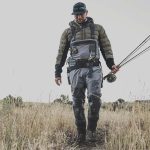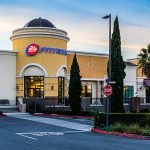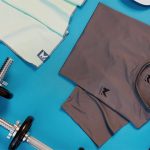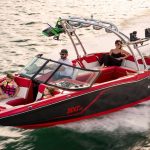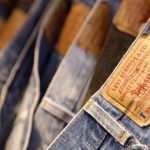According to the August-December SIA Retail Audit, retail sales in the SnowSports market declined 1.5% in 2008 to $1.88 billion. Most of the declines came from equipment categories, but apparel was also down in the low-single-digits. Accessories were the only category to show gains for the period.
The equipment category declined 4% in dollars overall. Snowboard, Alpine and Nordic equipment sales all showed declines for the period. The deepest declines in sales for alpine ski and equipment was seen at chain stores. Alpine ski sales, particularly current year models, declined 17% over last season though twin tips and fat skis were selling well. The snowboard category declined 5% in boards, boots and bindings. The one bright spot in equipment was Alpine Touring gear, which showed strong double-digit increases.
Apparel sales declined 3% but still accounted for more than 40% of all dollars spent in the snow sports market. Fleece sales were flat at $170 million in sales, while adult shell parkas sales increased 5% over last season. Snowboard apparel sales increased 1%.
The Internet channel enjoyed strong growth in December, gaining 12% in dollars and 23% in units compared to August-to-December 2007. Overall, consumers spent $376 million on snow sports equipment, apparel and accessories online. Internet sales comprised 20% of all the dollars consumers spent on snow sports products in the U.S. between August 1 and Dec. 31, 2008.
Chain stores' equipment sales decreased 16% with Alpine ski sales slipping 20% and snowboard equipment sales decreasing 18%. Chain stores equipment sales accounted for just 16% of all equipment sales in the U.S. snow sports marketplace for the period. Apparel sales made up almost half of all chain store snow sports sales August through December 2008.
Specialty retailers still sell more snow sports equipment than any other retail channel with 76% of alpine equipment and 73% of all Nordic gear. In addition, 63% of all snowboard equipment was sold through specialty retail for the season-to-date period. However, specialty retailers were also hit hardest by the slow market with a sales decline of 5% for the period.

